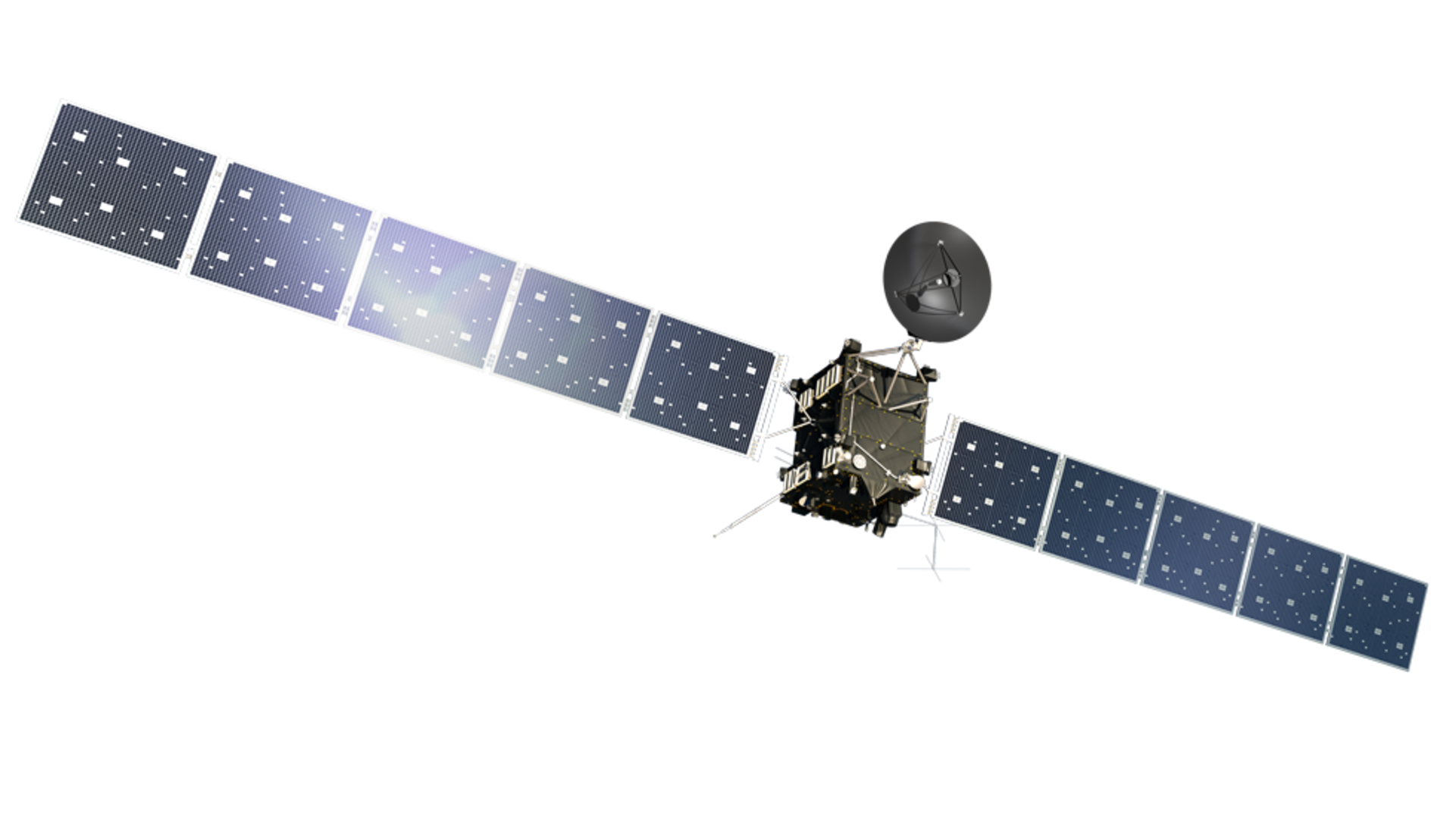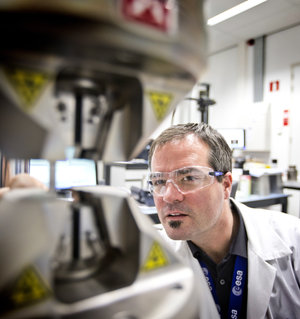Rosetta tank test available to all space missions
A test originally invented to save ESA’s Rosetta comet-chaser is today at the disposal of all European space missions, helping to ensure their propellant tanks will not crack up under stress.
Missing a flight is never good, but back at the beginning of 2003 Rosetta found itself in especially desperate straits.
During the 1990s European engineers designed Rosetta to rendezvous with – and land on – Comet 46P/Wirtanen, out beyond Mars. But then the unthinkable happened: Rosetta missed the launch window it needed to begin its complex eight-year trek across the Solar System.
“In December 2002, an Ariane 5 experienced a major failure,” recalls Giancarlo Bussu, then working in ESA’s Materials Technology section, and an expert on stress corrosion cracking.
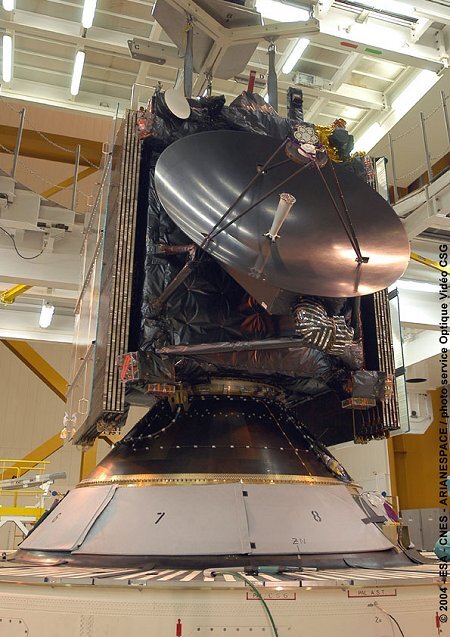
“Rosetta was already on the launch pad, fuelled and ready to go, but its own Ariane 5 launch was then put on hold pending the results of an investigation.
“At this point, nobody knew how long the launch would be delayed. In the case of a prolonged delay, the launch site safety authorities insisted that the spacecraft’s fuel tanks would have to be purged of their explosive, toxic fuel – and this threw up a major problem.”
Rosetta’s titanium tanks were not designed to be emptied, cleaned and then refilled. The danger was this process might well damage their integrity, putting them at risk of cracking.
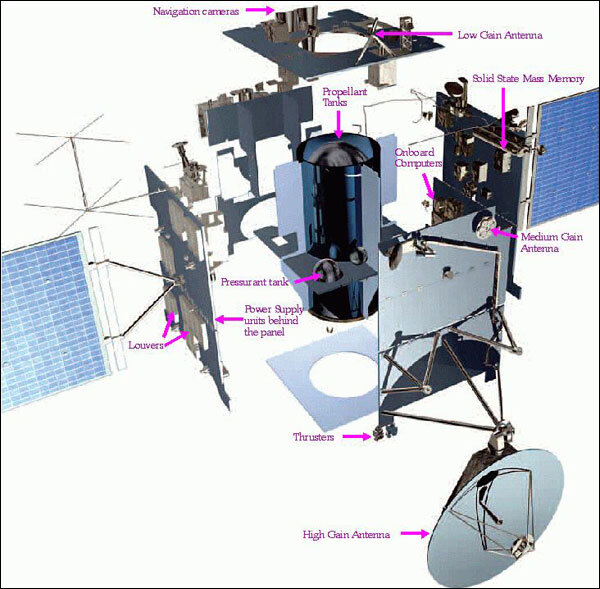
If the tanks had to be replaced, this would imply a long launch delay, involving dismantling the entire spacecraft.
“This was uncertain ground, with the whole mission at stake, and we had no relevant data on this question,” adds Giancarlo.
“So what I, Rosetta's engineer Daniele Stramaccioni and ESA's propulsion specialists did – under great time pressure, of course – was devise a new experiment to generate the data we needed.”
A sleeping monster
“Stress corrosion cracking has been termed the ‘sleeping monster’ of the aerospace industry, first highlighted in the 1950s with cases of aircraft landing gear unexpectedly cracking overnight.”
The term refers to the cracking of metals when subject to aggressive chemical corrosion. Stress loading is also required to cause such cracks, but this does not have to be current, external stress – it might be entirely due to residual stresses left over from manufacturing stages such as casting or welding.
If Rosetta’s tanks did end up being cleaned, the risk was that inevitable chemical modifications of the leftover fuel or even just very acidic substances formed by the contamination with moisture of the gas used to flush the tanks could have caused stress corrosion cracking and corrosion,” Giancarlo explains.
“Simulating this purging process inside a sealed container was not sufficient, because we wanted to modify the stress load on the tank material, to try out different scenarios.
“The breakthrough was to place the test material in a frame with environmental cells, within which chemicals can be introduced. Meanwhile, stress is applied to the frame through spring loading, which can be easily adjusted as the experimenter desires.”

Testing under strain
The resulting multicell frame design, built under ESA contact by Germany’s DLR space agency, allows many samples to be tested at once, providing a large amount of data for statistical analysis.
Happily, in the event, Rosetta managed without the test results although the environmental cells facility did validate that the refuelling process developed for Rosetta would have been safe. The mission team, helped by the Hubble Space Telescope, found a new cometary target, 67P/Churyumov–Gerasimenko, which could be reached within a decade. The probe was finally launched on 2 March 2004, its untouched tanks still filled with their original fuel.
But the environmental cell facility that Rosetta’s predicament inspired went on to have a useful life of its own.
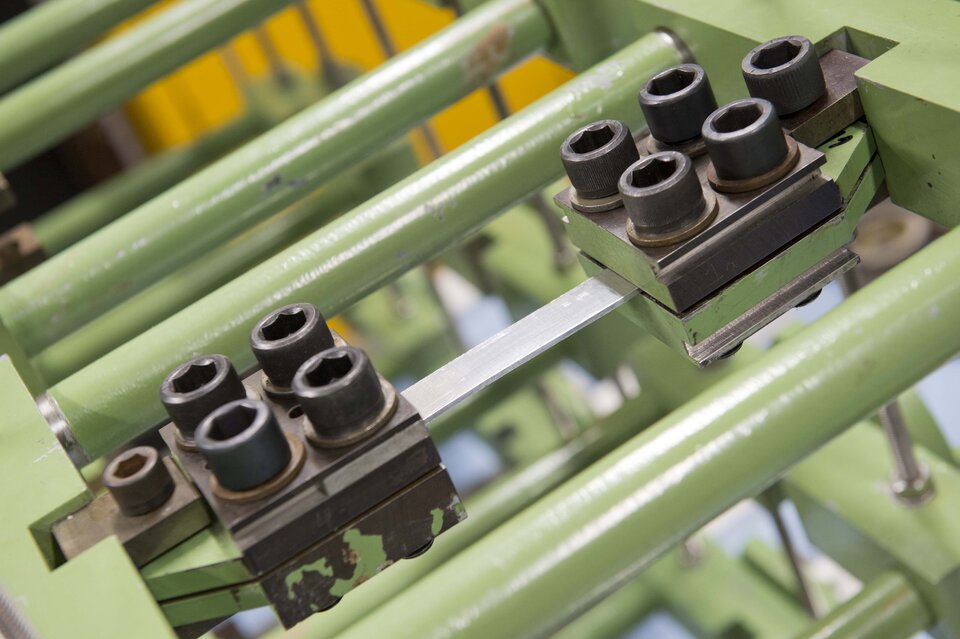
It is used for hazardous chemical tests at DLR’s facility in Lampoldshausen and non-toxic testing at ESA’s Technical Centre, ESTEC, in Noordwijk, the Netherlands.
"Since then it has been employed during the development of ESA’s Vega launcher, as well as for validating a greener alternative to propulsion simulants for ground-based vibration testing of satellites,” explains Tommaso Ghidini, Head of ESA’s Materials Technology section.
“Right now, it is being prepared for testing more environmentally friendly space propellants, as well as assessing the effectiveness of chromium free protective coatings.”
The facility is also serving as a reference point for the standardisation of stress corrosion cracking methods – no test standards currently exist – and is also seen as well suited for the investigation of future reusable propellant tank designs.
“It has become part of the portfolio of test services ESA’s Materials and Electrical Components Laboratory offers to European space projects,” concludes Tommaso. “This facility can do tests that can’t be performed any other way.”















 Germany
Germany
 Austria
Austria
 Belgium
Belgium
 Denmark
Denmark
 Spain
Spain
 Estonia
Estonia
 Finland
Finland
 France
France
 Greece
Greece
 Hungary
Hungary
 Ireland
Ireland
 Italy
Italy
 Luxembourg
Luxembourg
 Norway
Norway
 The Netherlands
The Netherlands
 Poland
Poland
 Portugal
Portugal
 Czechia
Czechia
 Romania
Romania
 United Kingdom
United Kingdom
 Slovenia
Slovenia
 Sweden
Sweden
 Switzerland
Switzerland

























